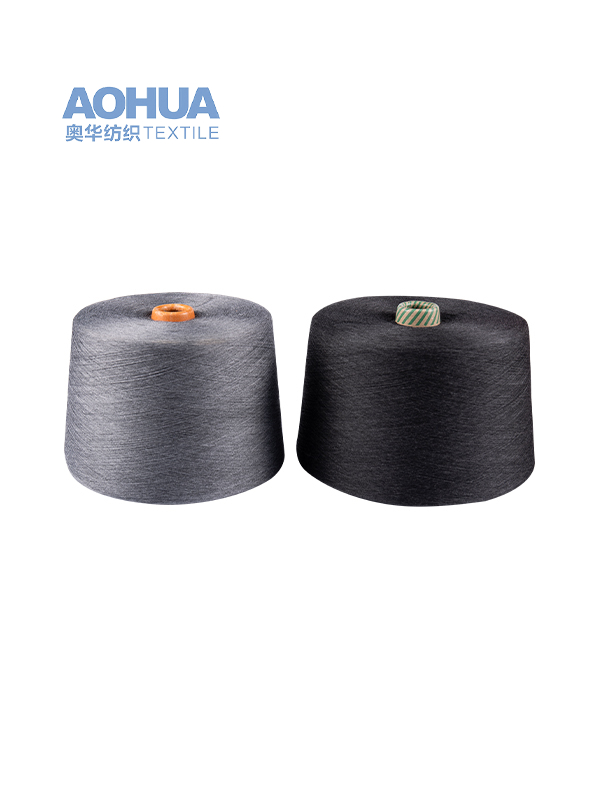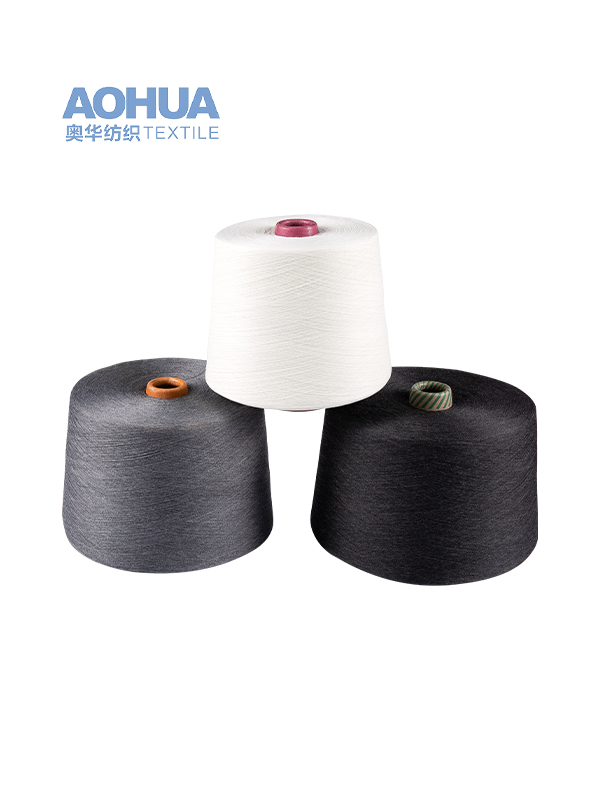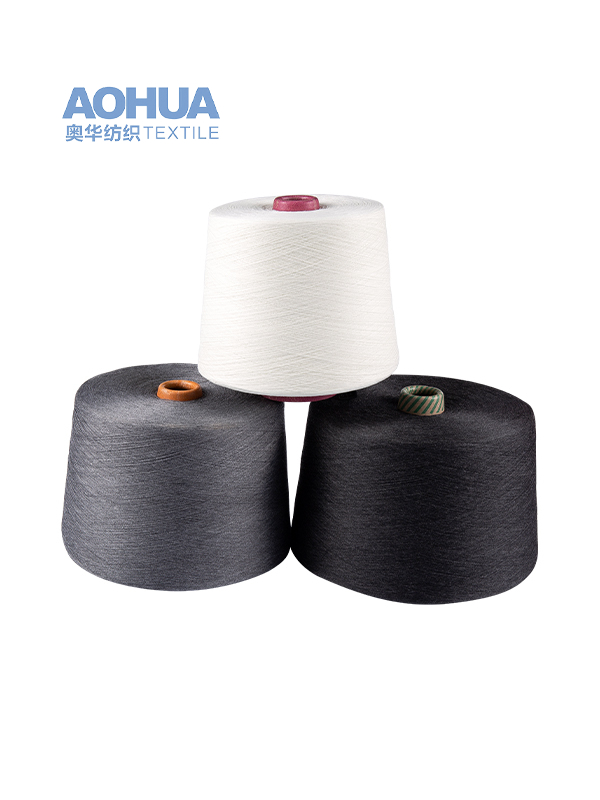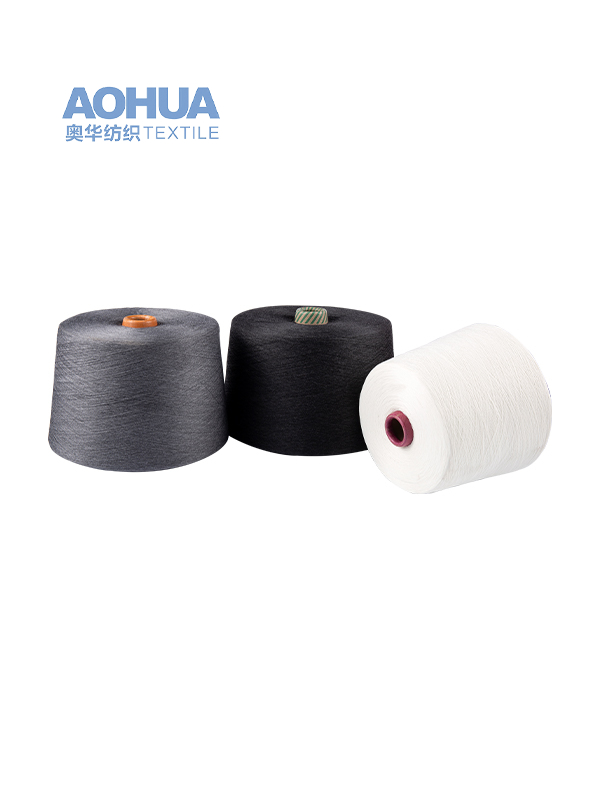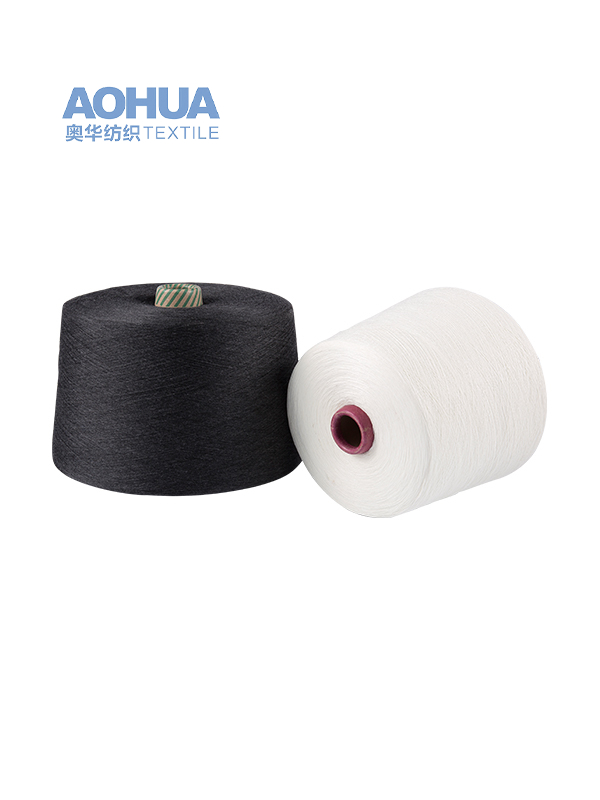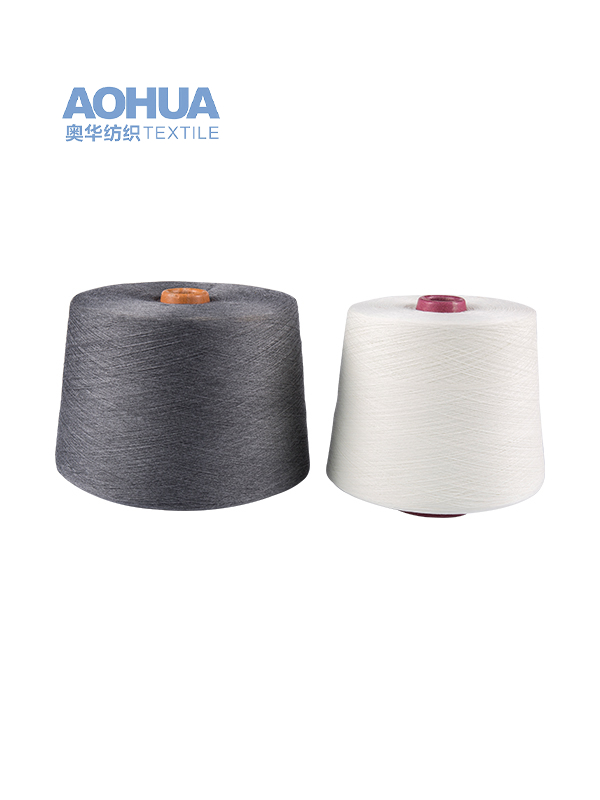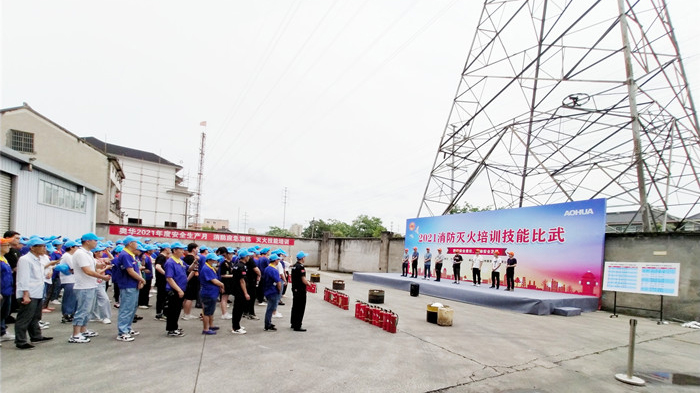We are a national high-tech enterprise. At present, there are many kinds of self-woven and cooperatively processed fabrics, including microfiber warp-knitted towel cloth, weft-knitted towel cloth, coral fleece, etc.
The strength and durability of woven fabric can vary significantly depending on several factors, including the type of fiber used, the weave pattern, the finishing processes, and the intended use of the fabric. Here are some considerations regarding the strength and durability of woven fabrics:
Fiber Type: The choice of fiber used in the fabric plays a crucial role in its strength and durability. Natural fibers like cotton and linen are generally less durable than synthetic fibers like polyester or nylon. For high-stress applications, such as industrial or outdoor textiles, synthetic fibers are often preferred due to their greater strength and resistance to wear and tear.
Weave Pattern: The weave pattern used in the fabric can impact its strength. Fabrics with tighter weave patterns, such as twill or satin weaves, tend to be stronger and more durable than those with looser weaves like plain weaves. The way the warp and weft yarns are interlaced can affect the fabric's stability and resistance to stretching.
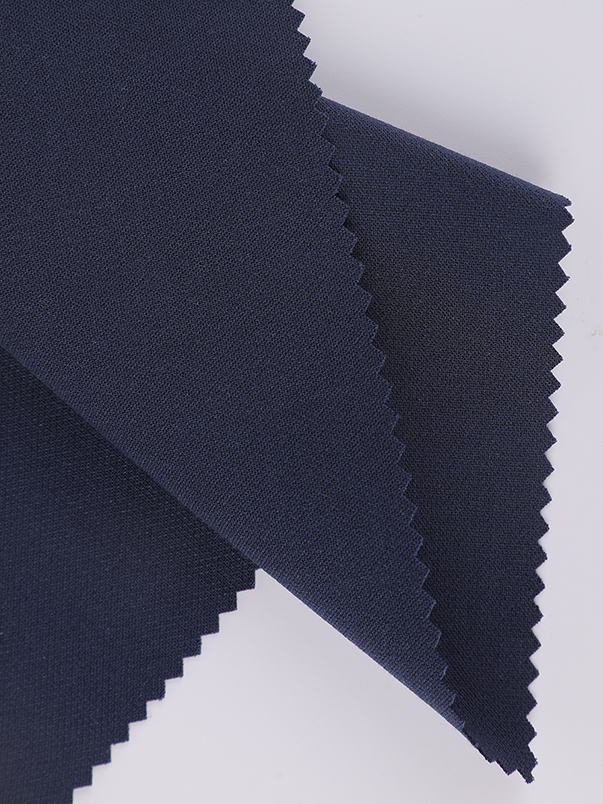

Finishing Treatments: Manufacturers may apply finishing treatments to woven fabrics to enhance their durability. These treatments can include processes like mercerization (for cotton), anti-pilling treatments, or coatings for added resistance to water, UV rays, or abrasion.
Thread Count: Thread count or thread density is the number of warp and weft yarns per square inch in a woven fabric. Higher thread counts generally result in denser, more durable fabrics. However, extremely high thread counts can reduce breathability and flexibility.
Intended Use: The durability requirements for woven fabrics depend on their intended use. For example, upholstery fabrics, workwear, and outdoor textiles need to be highly durable to withstand frequent use and potential stress, while delicate dress fabrics may prioritize aesthetics over extreme durability.
Care and Maintenance: Proper care and maintenance also play a significant role in preserving the strength and durability of woven fabrics. Following care instructions, such as washing and drying guidelines, can extend the lifespan of the fabric.
Environmental Factors: Environmental conditions, such as exposure to sunlight, moisture, and temperature fluctuations, can affect the longevity of woven fabrics. UV exposure, for instance, can cause fabric colors to fade over time.

 English
English 中文简体
中文简体

